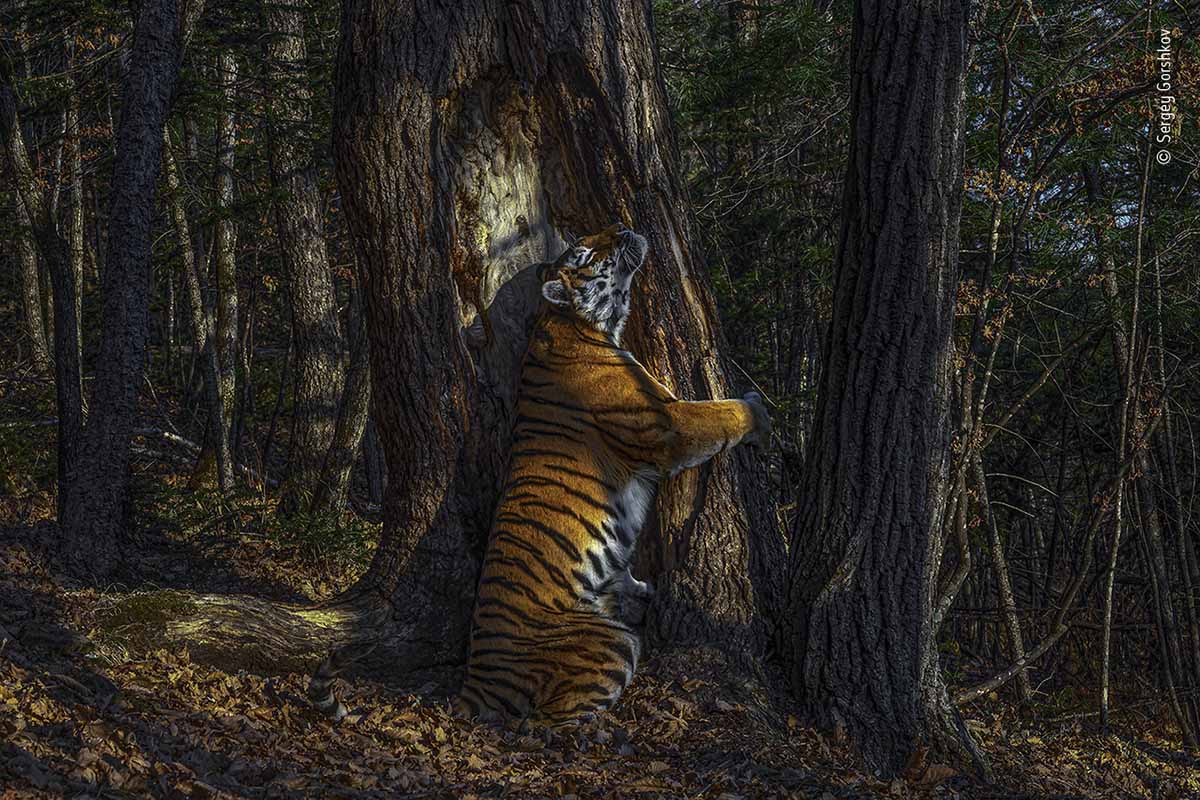I'm into Landscape and Astrophotography and don't see any problem with the validity of the winning photo in this years Wildlife Photographer of the Year competition.
In Landscape Photography we are free to do exactly the same thing - use a remote shutter, in effect. As it stands I'm not sure of the wireless range of wireless remote shutters but I'd imagine it's a fair distance. In essence a Landscape Photographer could set his tripod up on the beach, set his intervalometer up to take a shot in half an hours time, go for a walk and come back to 2021's Winning LPOTY entry.
Just because the photographer isn't there doesn't change the fact that the photograph hasn't been composed or that he got lucky with the right amount of light just as the wave crashed on the rocks.
Thought and luck would have to go into the photograph, just as it did here. If the animal wasn't in the right pose, would it have worked? If the light wasn't the same, would it have won? Most likely not, as subject and light are what photography is essentially all about.
In Astro Photography I set my equipment up outside, which takes around 30 minutes, and then spend the rest of the evening indoors until I have to pack my gear away, during that time it could have taken 6 hours worth of photography on a Galaxy or Nebula which landed first place in the APOTY Book.
Photography can be perceived as much about the planning, research, dedication, vision and effort as much as anything else when it comes to the final image.
Everyone will have their own opinion on this, however. I love Landscape Photography because I love being outdoors and stood behind my Camera. I love Astro because it's a challenge, and therefore the satisfaction when it all comes together is the reward.






